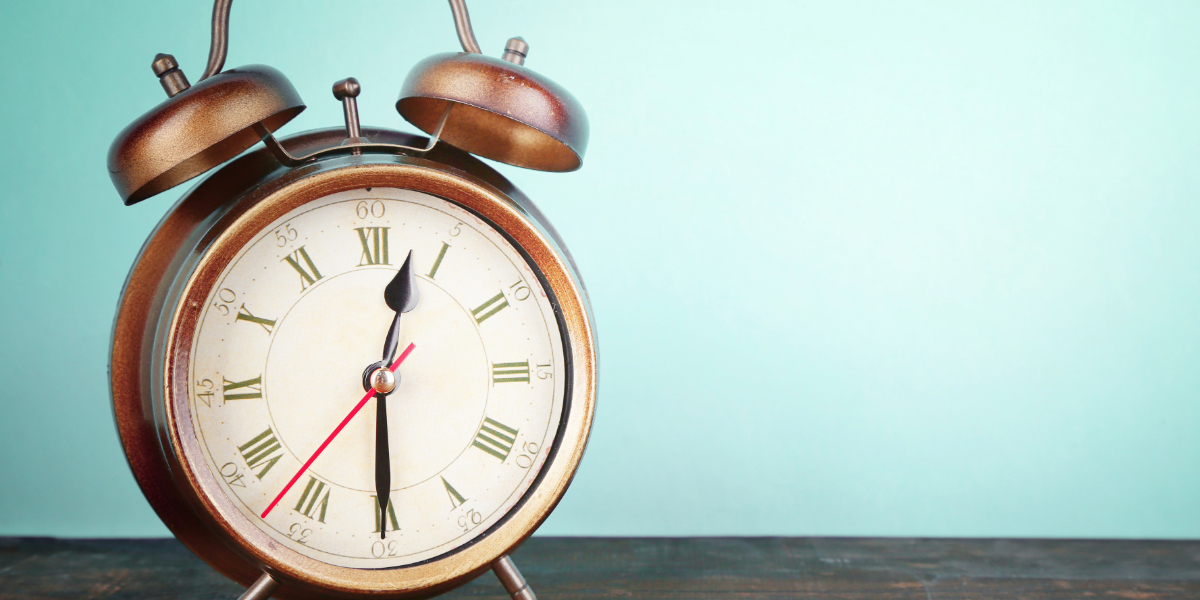It’s that time of year again, Daylight Saving is almost over.
The official end of daylight saving is this Sunday, April 6, at 3am Australian Eastern Daylight Time (AEDT). Luckily, most of our mobile devices will sort the change out for us but if you’ve got analog clocks, you’ll need to remember them back by one hour to 2am Australian Eastern Standard Time (AEST).
Daylight Saving has long been a topic of debate – but do you know the history of how it started?
The Daylight Saving Act 1916 was introduced during WWI and WWII as a way to save fuel and energy by increasing evening daylight hours and encouraging people to better utilise natural daylight.
It was reintroduced in NSW on 31 October 1971 by means of the Standard Time Act 1971, before becoming permanently enshrined by means of a 1976 referendum.
The referendum asked voters to answer yes, or no to the question: Are you in favour of daylight savings? With 1,882,770 voters in favour, the referendum was passed and we now observe daylight saving from the first Sunday in October, through to the first Sunday in April every year.
Despite the referendum passing convincingly, the daylight saving question still remains a contentious one.
Our recent poll on the New England Times Engage Facebook Group suggests that the community sentiment around daylight saving is fairly evenly placed. 30 per cent of participants said they liked daylight saving, 31 per cent saying they didn’t like the practice and 6 per cent saying they were indifferent towards it.
Furthermore, another 33 per cent said that they like the idea of daylight savings, but feel that the time that it runs for is too long. If you’re concerned about how the time change may affect your families routine, Australia’s Sleep Health Foundation has said that, generally speaking moving the clocks back tends to be less disruptive to our bodies and sleep patterns than moving them forward is.
On their website they say, “While it can take up to a week to feel back to normal after the beginning of Daylight Saving Time in October, in April it usually only takes one night.”
“Falling back may even help us to sleep better. After the time change, it will get dark earlier, which could prompt us to go to bed earlier, especially after the long, well-lit summer evenings that encourages us to stay up much later. It will be lighter in the mornings, making it easier to get up to do some exercise to start the day well.”
AEST will now be observed until the next AEDT period begins on October 5.
So, love it or hate it, get ready to change your clocks.


